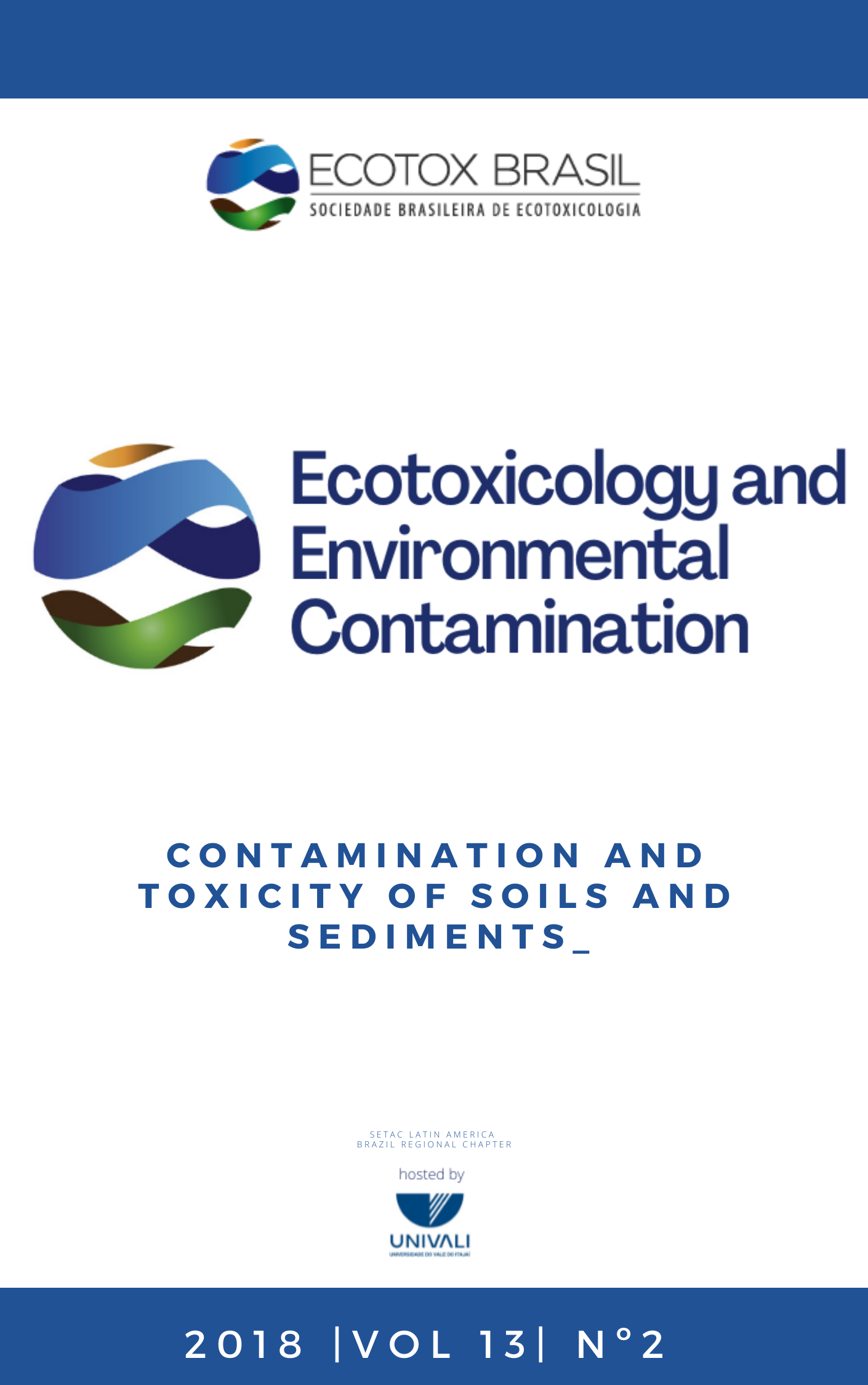Exposures in Aquatic Ecosystems: The Weak Link in Risk Assessments - A Critical Perspective
DOI:
https://doi.org/10.5132/eec.2018.02.02Abstract
The foundation of assessing risk for both humans and wildlife is understanding the connection between exposure to stressors and the resulting adverse effects on life. Humans and wildlife are surrounded by a plethora of stressors in human-dominated ecosystems. Most of these stressors do not pose a threat because the exposures to adverse effect levels do not occur or occur only briefly. While the practice of risk assessment has advanced significantly in the past three decades, it still has a number of shortcomings related to our inability to characterize exposures. Widely accepted traditional monitoring and assessment methods continue to be used, which focus on measuring chemicals in water and occasionally sediments or tissues at a small number of sites, then draw conclusions on risk to biota assuming exposures are constant. Spatial and temporal variation are a dominant component of aquatic ecosystems for stressors and biological receptors. The practicality associated with characterizing these exposures and receptor movements must and can be effectively addressed to provide decision-makers with scientifically-based evidence of exposure. More accurate and cost-effective options are described for future improvements in risk assessments.Downloads
Downloads
Published
How to Cite
Issue
Section
License
Copyright © 2006 ECOTOX-Brasil
Copyright notice: It is a condition for publication that manuscripts submitted to this journal have not yet been published and will not be simultaneously submitted or published elsewhere. By submitting a manuscript, the authors agree that copyright for their article is transferred to the Sociedade Brasileira de Ecotoxicologia (ECOTOX-Brasil) if and when the article is accepted for publication. The copyright covers the exclusive rights to reproduce and distribute articles, including reprints, photographic reproductions or any other reproduction of a similar nature, including translations. No part of this publication may be reproduced, stored in a retrieval system or transmitted in any form or by any means, electronic, mechanical, photocopying, recording or otherwise, without permission of the publisher.
Notice: While every effort is made by the EEC, editors and editorial board to see that no inaccurate or misleading data, opinions or statements appear in this journal, they wish to make it clear that the contents of the articles and advertisements published herein are the sole responsibility of the contributors or advertisers concerned. Accordingly, the EEC, the editorial board and editors and their respective employees, officers and agents accept no responsibility or liability whatsoever for the consequences of any inaccurate or misleading data, opinion or statement.




